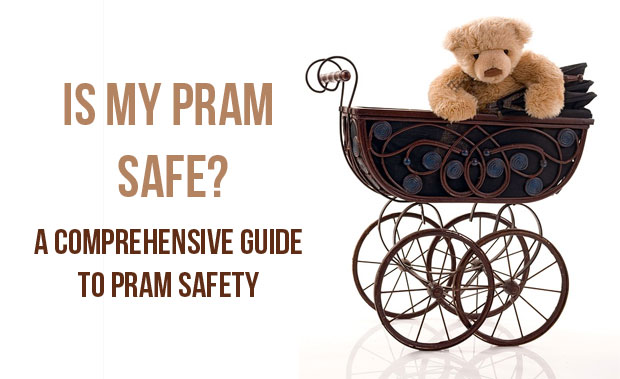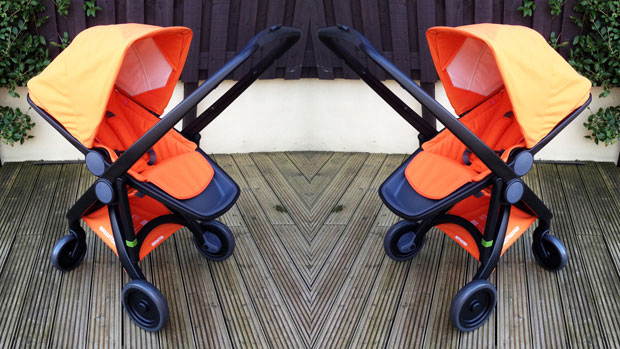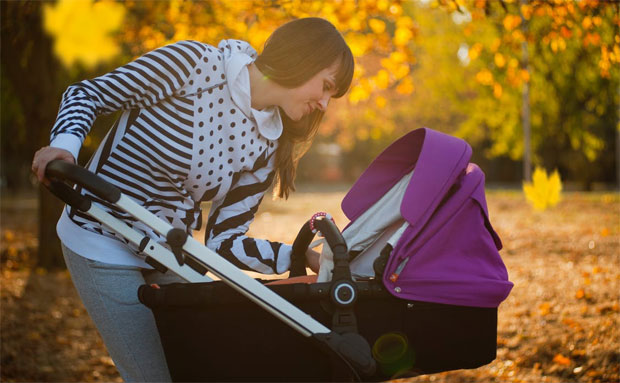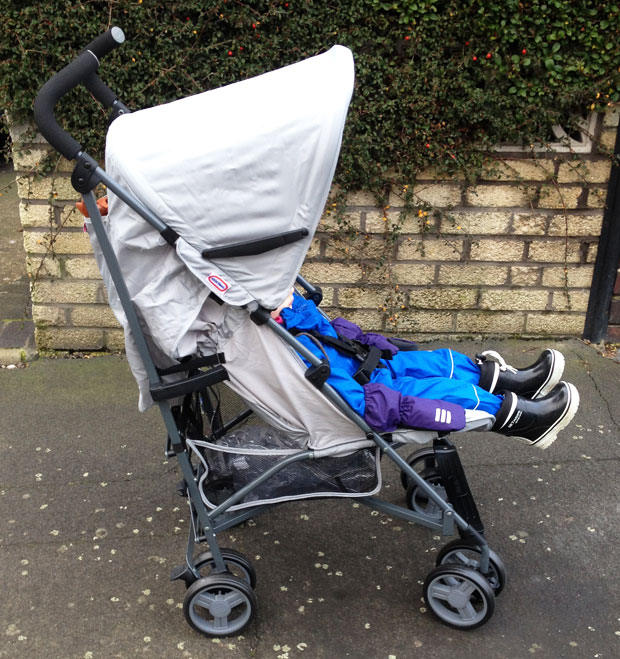A Comprehensive Guide to Pram Safety – Is My Pram Safe?

A Comprehensive Guide to Pram Safety – Is My Pram Safe?
Pushchairs and prams are sure to be one of the first purchases for new parents. You shouldn’t rush to buy the equipment though, as you want to ensure they are safe enough to carry your baby.
Baby nursery specialists Babythingz has everything you need to know to ensure your little one is always safe and secure when they are placed inside a pushchair or pram. Check out Nuna article to pushchairs for more information too.
Standards to look out for
First things first, it is important that you always look to ensure that a pushchair has a reference to a safety standard.
This is usually seen by spotting either the code BS 7409 or the mark BSEN 1888:2003 somewhere on the equipment — often found on a label placed around the frame or the seat covering.
The marks in question showcase that the items, whether new or used, comply with either British Standard/European Standard 1888: 2012 or British Standard/European Standard EN 1888:2003.
Flammability requirements
As part of the Furniture and Furnishings (Fire) (Safety) Regulations 1988, it is now law that every upholstered pram and pushchair complies with stringent flammability requirements. Again, this is the case whether the equipment is sold as new or second hand.
Therefore, carry out a check of the item to ensure it contains a permanent label with the words ‘CARELESSNESS CAUSES FIRE’ present.
Your legal rights
As well as all prams and pushchairs being required to comply with the aforementioned safety standards and flammability requirements, there are a number of statutory rights afforded to you, the customer.
Here’s a look at some of the main legal rights for you to be aware of:
- The trader of the pram or pushchair must have the right to supply it to you. In other words, that have to own the equipment in order to sell it to you in the first place.
- The pram or pushchair should be as described, with all claimed features present.
- The pram or pushchair has to be of satisfactory quality. When considering if this is the case, look at all of these elements:
- The description
- The condition
- The appearance
- The finish
- The level of safety
- The durability
- The price
- The fact that it should be free of all minor defects
- If you are provided with a sample of the pram or pushchair, the one sold to you must match the sample.
- Likewise, if you are provided with a model of the pram or pushchair, the one supplied to you must match that model.
- If you have requested that a pram or pushchair fits a particular purpose, then the trader needs to ensure your needs are met.
All of your statutory rights can be found in the Consumer Rights Act 2015. However, please be aware that it fails to entitle you to anything if one of the following applies:
- You knew of any faults before you made a purchase.
- A fault was so obvious that it would have been reasonable that it would have been noticed on examination ahead of purchase.
- Any of the damage was caused by you.
- A mistake was made by you when making the purchase; for instance, if you ordered the wrong colour.
- You have simply changed your mind about the pram or pushchair that you’ve purchased.
Aspects to check
In order to ensure a pram or pushchair perfectly meets your requirements, work through this checklist and only make a purchase if all aspects have been ticked off:
- The brakes
- Are they easy to apply?
- Do they engage properly when applied?
- Do they securely hold the pram or pushchair in place, even when applied on a hill, or when the under-storage compartment is filled with bags?
- Do they work both forwards and backwards?
- The safety harness
- Does the harness fit easily and securely over a baby’s shoulders?
- Does the harness fit easily and securely around a baby’s waist?
- Does the harness fit easily and securely between a baby’s legs?
- Do the buckles of the harness easily clip together and then come back apart?
- Are there any tears in the straps of the harness?
- The wheels
- Are the wheels securely fitted to the equipment?
- Do they show any signs of damage?
- Is there any evidence of heavy wear on the edges of the wheels?
- Injury prevention
- Is there anywhere that a baby’s fingers can get caught inside, such as open-ended tubes or around closing mechanisms?
- Are there any sharp edges present on the equipment?
- Is the equipment’s frame bent anywhere?
- Is the fabric torn at any point?
Follow all of the above tips and you should find a pram or pushchair that not only looks the part but is incredibly safe for your baby to be inside when you are taking them out and about.
Thank you to Babythingz for providing this useful guide about pram safety!
PR Collaboration. Contains a sponsored link.







